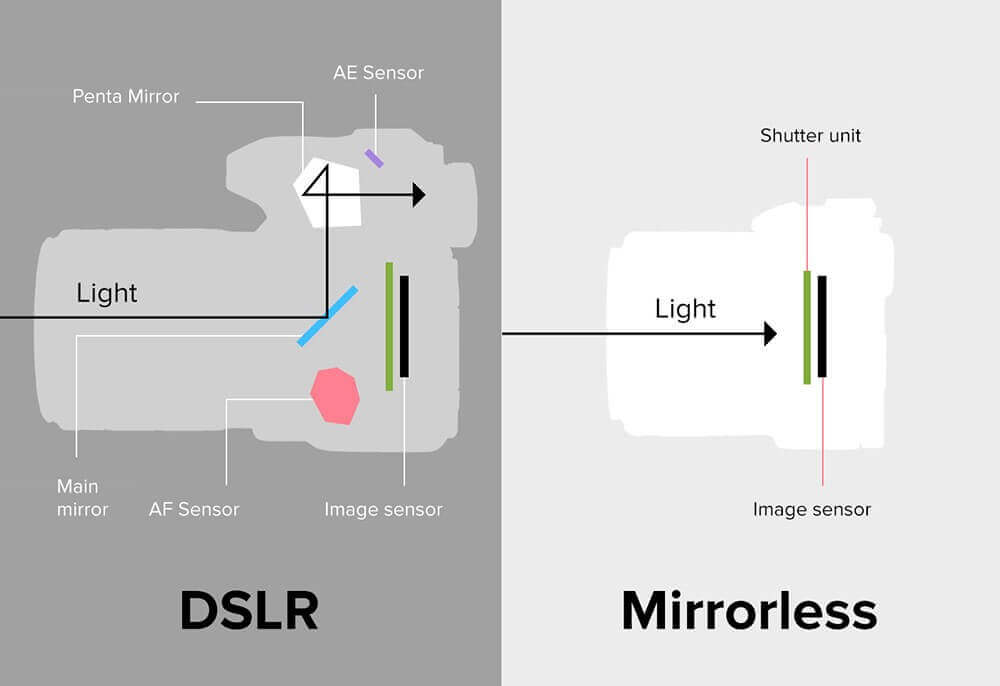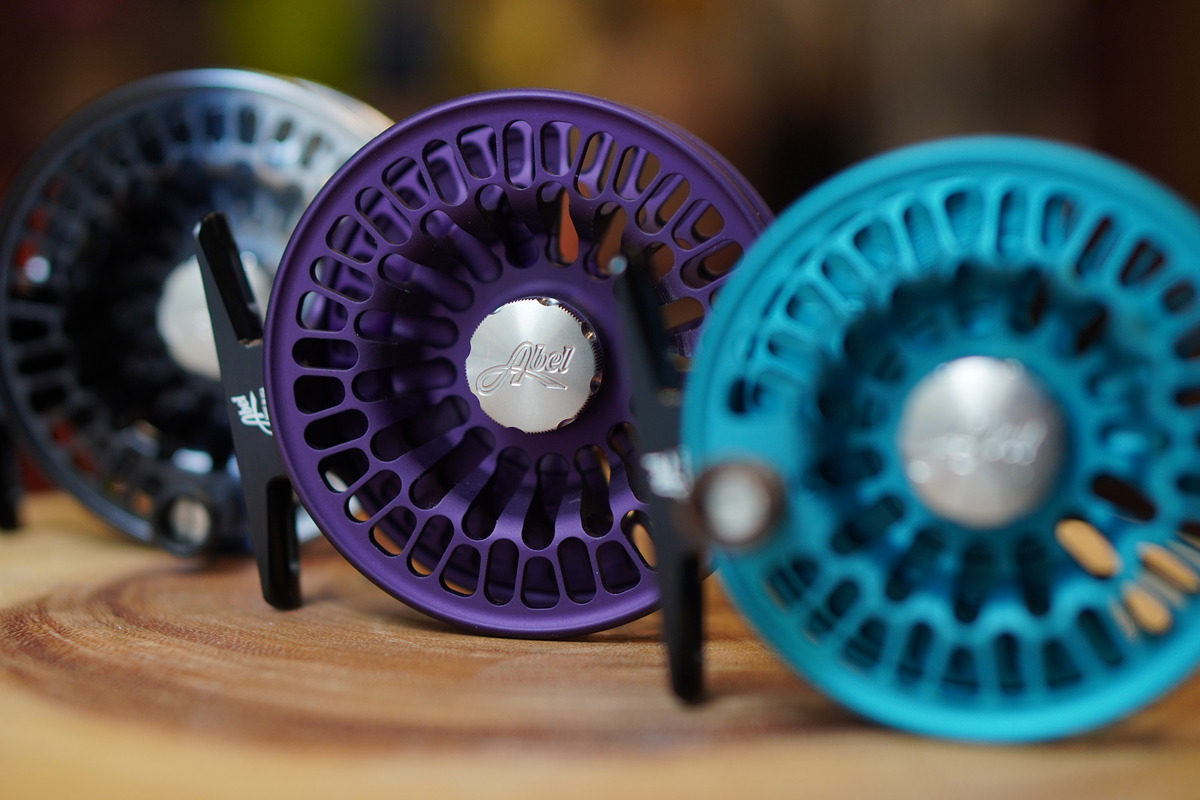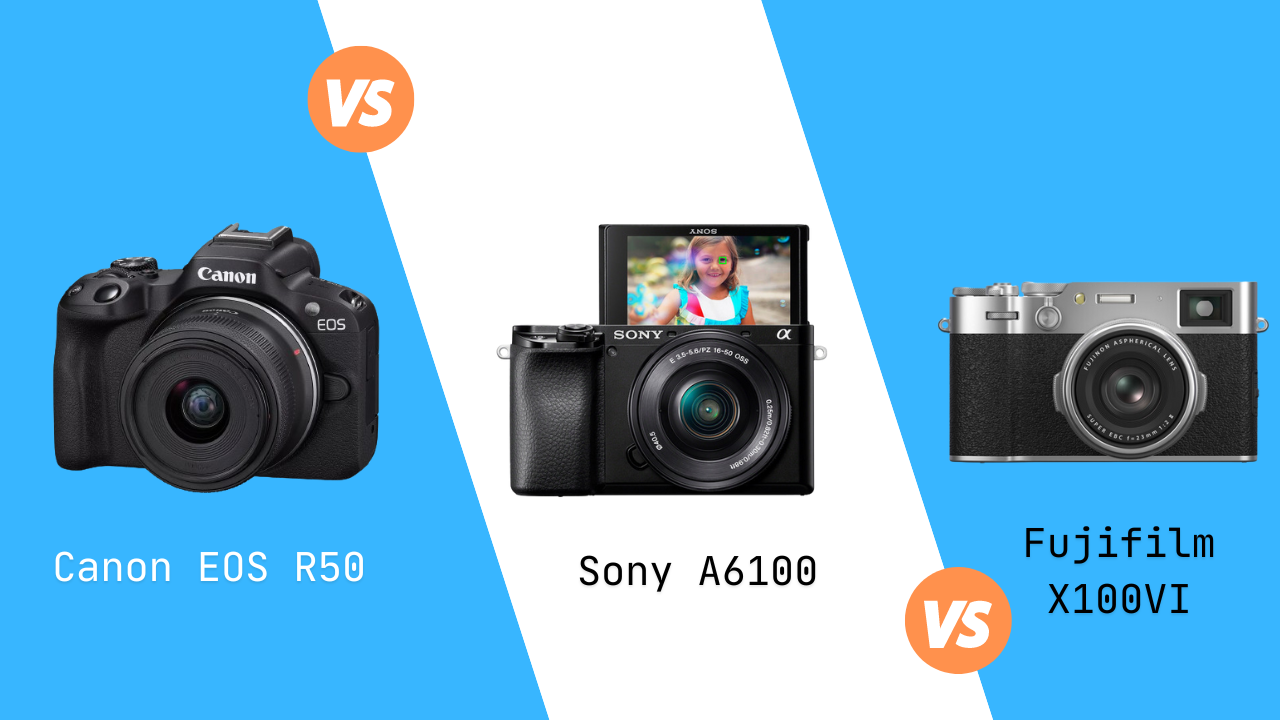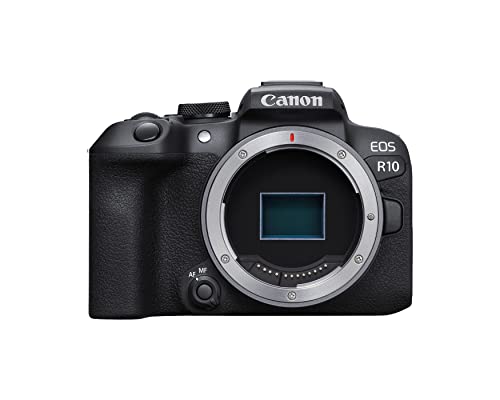Best Mirrorless Cameras for Beginners in 2025 [All Budgets]
- Unlike DSLRs, mirrorless cameras do not use a mirror box but instead use an electronic viewfinder and sensors for image capture, allowing for a more compact design and features like silent shutter and continuous focus tracking.
- When choosing a mirrorless camera, consider its cost, battery life, and electronic viewfinder quality. Also, check lens availability and compatibility with adapters, as mirrorless cameras may have fewer native lens options compared to DSLRs.
- Some of the best beginner-friendly mirrorless cameras include the Canon EOS R10, known for its lightweight design and excellent autofocus, and the Sony ZV-E10, which is tailored towards video content creation with a front-facing screen and high-quality microphone.
For many beginners, the best camera is often their phone and there’s nothing wrong with that, especially with how great phone cameras have become over the years. However, if you are an enthusiast you are going to get bored with your phone camera at some point. When that happens, you’ll need the right camera that feels like a proper and worthy upgrade.
For that purpose, we have come up with 8 of the best mirrorless cameras for beginners to help you get started with your journey. We will also look at what mirrorless cameras are, along with a few key factors to help you make the final decision. So, let’s dive right in!
Table of Contents
What are Mirrorless Cameras?
Cameras are a remarkable combination of physics and technology. They are composed of various components that help us achieve the final picture. While understanding the working of cameras is a whole other topic, the only thing you need to know is what makes mirrorless cameras different than DSLR cameras.
DSLR cameras have what’s called a “mirror box” which is the component that helps us see what we are capturing through the viewfinder. While mirror boxes are great at their job, they are quite bulky to work with. To solve that, mirrorless cameras were introduced.

As it’s in the name, mirrorless cameras don’t have a mirror box and instead rely on sensors that give the image on an electronic viewfinder much like the ones in our phones. Mirrorless cameras offer features such as IBIS (In-body image stabilization), a touchscreen live view, continuous focus tracking, and silent shutters that allow you to take photos without making noise.
READ MORE: How to Install Leica Camera in Xiaomi Phones [7 Easy Steps] ➜
Factors To Consider Before Purchasing a Mirrorless Camera
While mirrorless cameras offer a much more convenient experience they do have a few drawbacks such as; high cost, shorter battery life, and EVF quality. Let’s have a closer look at these.
- Pricing: One of the first things you should consider before getting yourself a mirrorless camera is whether it comes in your budget or not. Due to mirrorless cameras being more advanced, they are often high in cost as compared to older camera systems.
- Shorter Battery Life: Mirrorless cameras contain a lot of electronic components and to power them your battery is constantly working. So make sure to keep in mind that when getting a mirrorless camera, you’ll need to pack some extra batteries with you.
- EVF Quality: An electronic viewfinder also has its perks and drawbacks and while quality is no doubt on the rise, EVF can be a bit complex to work in situations such as low light where you might not see the most perfect results.

↪ What About Lenses?
Mirrorless cameras being newer to the market as compared to DSLRs, might not have as extensive a range of native lenses for every model. This means that if you regularly use different angles, make sure to check the availability of lenses for your mirrorless camera. Luckily, you do have adapters that can help you attach unsupported lenses but not all of them can guarantee the same performance as native lenses.
READ MORE: What are the numbers on the Camera Lenses and what difference do they make? ➜
Best Mirrorless Cameras For Beginners
Mirrorless cameras have taken the photography world by storm and settling on the right one is becoming even harder. Now that you know the ins and outs of mirrorless cameras, it’s time to get back to our hunt for the best mirrorless cameras for beginners.
The Canon EOS R10 is one of those throw-in-the-bag and versatile cameras that’s great for work and fun. It’s small and lightweight making it easy to carry around for travel photography and weekend clicks. It comes with a Digic X processor which powers its wow of an autofocus system. The Dual Pixel CMOS AF II allows for 15fps burst shooting and captures sharp, detailed images.
The flexible touchscreen feels natural and easy to get on with and the battery sits right in the middle. You’ll get around 400-450 shots on a full charge and when recording 4K videos, you can expect around an hour. For recording purposes, the EOS R10 easily captures uncropped 4K 24fps and 4K 30fps and also supports 4K 60fps but with a cropped-in view.

However, there are a few missing things such as the lack of an IBIS, which you wouldn’t typically find in a camera at this price range. For general recording it gets the job done but for walk-and-talk videos, it’s a little jumpy. Another weakness is the lack of native lenses which will hopefully improve soon.
READ MORE: Canon EOS R5 vs R6: The Best Mirrorless Camera ➜
The ZV-E10 is like an A600 but has a video-esque theme and focuses on aspects such as a quality three-capsule microphone, a front-facing LCD screen, and video effects such as Product Showcase, Background Defocus, and Soft Skin. Additionally, the camera doesn’t have an electronic viewfinder as the target audience for this camera is most likely used to looking at a phone screen.
Specification-wise, the Sony ZV-E10 is quite similar to Sony’s entry-level a6100. It includes the same 24MP CMOS sensor to capture fine images and the autofocus system performs great at tracking subjects and face and eye detection. The battery is also impressive and is rated for 440 shots according to CIPA standards.

For video, the ZV-E10 records oversampled full-width 4K24 and 4K30 with a noticeable crop. It also offers high-speed shooting at 1080p/120fps, allowing for a 4x slow-motion effect. However, recording in 4K shows a noticeable rolling shutter effect that distorts moving backgrounds. It lacks IBIS and relies on electronic stabilization. Plus, the grip isn’t ideal for long use, requiring a separate accessory.
READ MORE: 2K vs 4K – Which One Should You Go For? ➜
The Olympus OM-D E-M10 Mark IV offers a great balance between performance and an intuitive, user-friendly interface all packaged in the traditional retro-style design. Olympus has been refining this model for 3 years and while there are a few additions, one thing that remains the same is their strong focus on taking beautiful stills.
Mark IV’s big difference from its predecessors is the addition of a 20MP Micro Four Thirds sensor whereas previous models used a 16MP sensor. You also get continuous auto-focus precision and an improved face and eye priority when tracking subjects. It also comes with some creative options such as AP (Advanced Photo) and Art Filter. The AP mode brings options such as exposure modes, panorama, Live Time, and more.

Videography-wise, the Mark IV can record 4K30fps and Full HD at 60fps. One thing this camera has is in-body image stabilization which keeps moving footage steady. While it also includes a tilting LCD screen that can flip down 180° allowing for self-facing videos, it’s still a bit behind other competitors. Additionally, the lack of a microphone and a USB port can make video-focused creators look away.
READ MORE: 1080p vs. 1080i – Understanding The Differences Between Video Resolutions ➜
The Nikon Z5 is an entry-level full-frame camera in Nikon’s mirrorless Z lineup that captures detailed, colorful photos with a robust and weather-sealed body. It comes with a 24-50mm kit lens along with several wide-angle lenses for its Z mount making it great for travel and landscape photography. It features a 3.69 million-dot EVF for a bright, large view and an excellent 3-inch tilting touchscreen.
At the heart of the Z5 lies a 24MP full-frame back-illuminated sensor that will not only give you sharp-looking images but also work well at higher ISOs. The Nikon Z5 also puts in admirable focusing performance; it’s quick to lock onto near and far subjects, keeps up with speedy subjects, and face and eye detection comes in handy for portraits.

If we turn our attention toward video, the Nikon Z5 shoots 4K30fps with a 1.7x cropped-in view and Full HD 1080 at 60fps without any crop. It also has a 5-axis in-body image stabilization that dampens shaky movements and allows you to capture sharp shots even at 5 stops slower. All in all, the Z5 has a lot going on for it and the only thing holding it back is the price point.
READ MORE: H.264 vs. H.265 – Comparing The Most Common Modern Video Codecs ➜
The Fujifilm X-T30 II is the successor to the original Fujifilm X-T30 meaning it has the classic retro-styled body but with a few improvements here and there. Like the original, it has plenty of dials and buttons and an Auto mode option for beginners. Underneath the 2.36m-dot OLED EVF is a tilt-type touchscreen that offers a higher resolution at 1.62 million dots.
Housed inside is a 26.2MP APS-C sensor with a backside illuminated design which rewards with beautiful and vibrant images. Fujifilm has also employed the same 425-point AF system but with a newer algorithm that makes tracking moving subjects more accurate. Focus point sensitivity is also improved, and you have two new film simulation options: Classic Neg and ETERNA Bleach Bypass.

All sample images are taken from DPREVIEW
The X-T30 II can only shoot 4K at 30fps but has a wide range of frame rates in 1080p such as 60fps, 120fps, and even 240fps. While the video quality is good, it does lack in-body image stabilization and you’ll have to work with lens stabilization, for the most part. However, the good news is that there are 40+ Fujifilm lenses available that work with its X mount.
So, if you are keen on capturing beautiful stills, don’t take video too seriously, and usually shoot from a stable surface, the X-T30 II is a great package at a fair price.
READ MORE: How to Digitize Old Photos & Bring Them Back to Life ➜

Honourable Mentions
Above we have covered some of the best mirrorless cameras you can get as a beginner each bringing something new to the competition. While the above list should be enough to get you going, we have a few more notable mentions that deserve a little spotlight.
- Canon EOS R50: Compact and travel-friendly, the R50 is packed with an APS-C sensor for crisp and sharp images. Its intuitive interface and Auto mode make it a great option for beginners. The ability to record 4K30 and a fully articulating screen makes it a worthy-looking shot for vloggers.
- Sony A6100: The A6100 is a compact, versatile camera with excellent image quality and autofocus. It benefits from Sony’s advanced APS-C features making it a great way to improve your skills. Despite minor quirks, it’s a top pick for family photographers.
- Fujifilm X100VI: The Fujifilm X100VI is a photographer’s fixed-lens camera with a large 40MP sensor, stabilization, and advanced AF in a compact body. With its advanced autofocus and classic design, it’s a standout in the X100 series.
Making The Final Decision
Now that you have all the options in your hand, all that’s left is to decide on which one’s best for you. When choosing the best mirrorless camera there isn’t a single winner that you can blindly trust and purchase. Instead, you’ll have to work your way up to the final decision by asking yourself what you want from the best mirrorless camera.
Once you have your needs listed, go through our list again and check which one ticks all or majority of them. We also recommend using or testing the camera (if you can) to even get a better idea of what day-to-day photography would feel like with it. Finally, once you have the camera in your hand go out there and capture the beauty and stories the world has to offer!
FAQs
In photography, ISO measures the sensitivity of the camera sensor to light. A higher ISO is more sensitive, useful in low light but can introduce noise. Low ISO (e.g., ISO 100) is for bright conditions, while high ISO (e.g., ISO 1600) is for low light.
The Z mount is Nikon’s lens mount for their mirrorless cameras, featuring a larger diameter for potential optical improvements. In contrast, Fujifilm’s X mount is known for its compactness and high-quality, retro-designed lenses. While Z mount aims for larger optics, X mount prioritizes a compact design and exceptional image quality.
SLR cameras use film and require manual development and processing to view the captured images. Whereas DSLRs capture digital images to a memory card. Both have manual controls and interchangeable lenses, but DSLRs offer instant image review and editing.
 Reviewed by
Reviewed by 
 Check Price
Check Price




